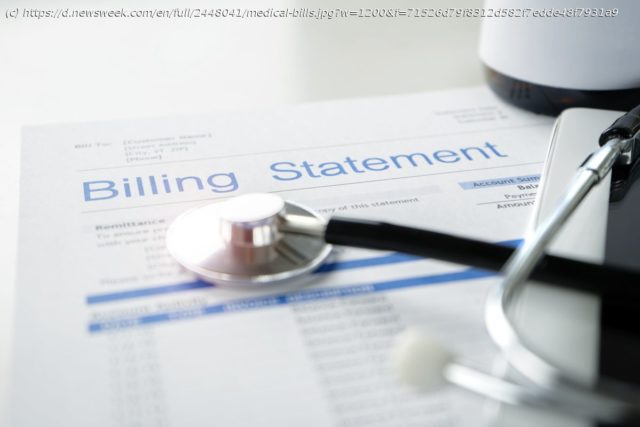The impacts of medical debt can be difficult to overcome, but there are strategies you can use to manage bills.
Many American experience negative impacts of medical, especially once the unpaid debt turns into a derogatory mark on their credit reports.
According to the Consumer Financial Protection Bureau (CFPB), one in five Americans is dealing with medical debt, collectively amounting to $88 billion. With 43 million credit reports showing medical debt in collections, the issue of high medical bills has continued to be seen across the United States, according to the Associated Press (AP).
Although the healthcare system can be frustrating and daunting, the AP shared some strategies you can use if you find yourself needing to reduce costly medical bills.
More From Newsweek Vault: What Eliminating Medical Debt From Credit Reports Could Mean for ConsumersCharity Care Programs
Check to see if you are qualified for your hospital’s financial assistance program, which can eventually cover your bill or even offer refunding payments if you have already made payments, depending on household income.
Nonprofit hospitals are required by federal law to offer financial assistance programs as part of their tax-exempt status. To determine if you qualify, search the hospital’s name along with « charity care » or « financial assistance policy.






